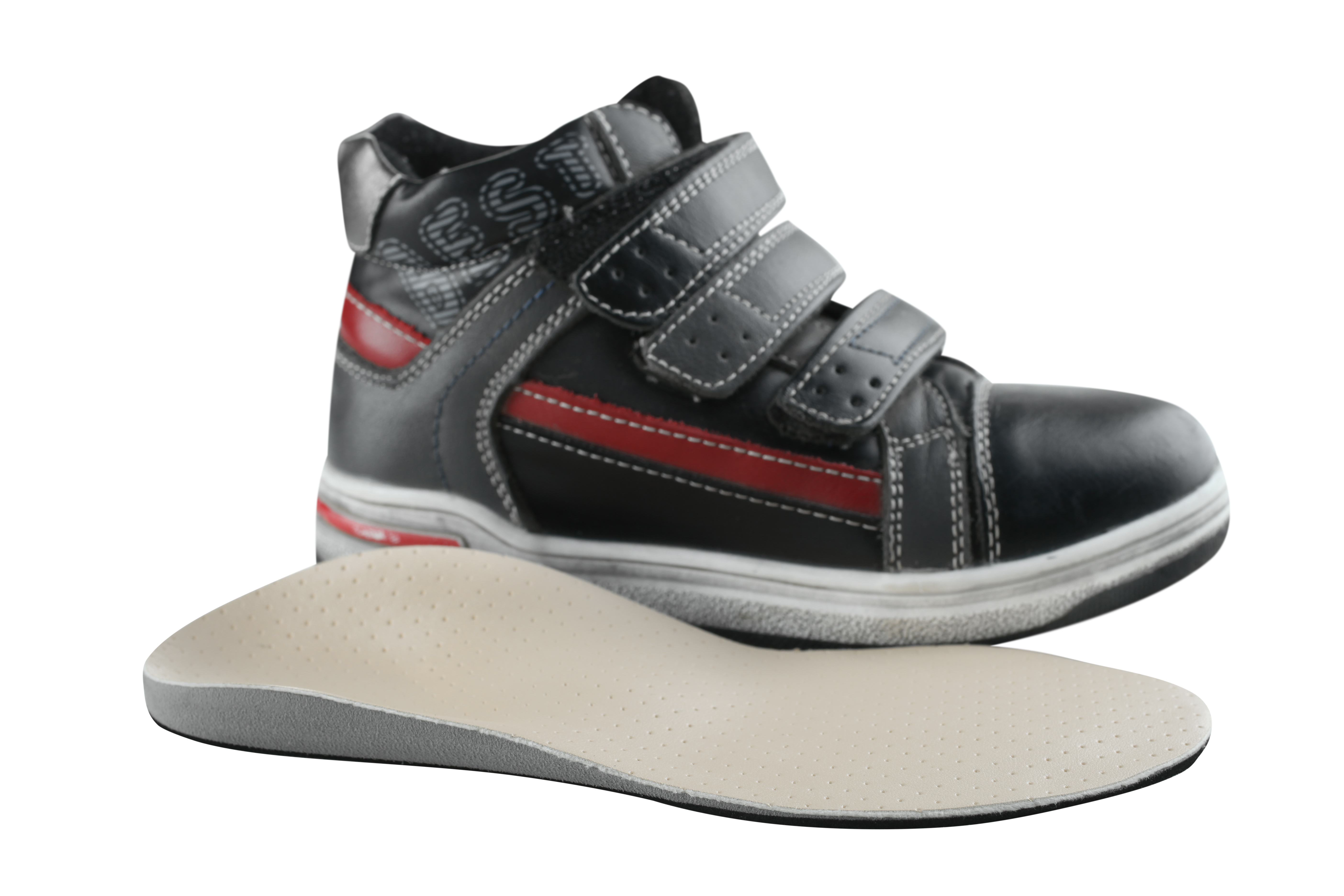School holidays are here and that means one thing: frantically finding activities that ditch the screen time and embrace the outdoors!
We’re parents too, and we (like many others) are seeking (physical) activities that will also ensure the kids will have a good, long sleep. We found a good bunch for our kids here in Auckland – so thought we’d share them with you too so you *may* be able to enjoy finishing a cup of hot coffee for the first time in years. Disclaimer: We haven’t managed it just yet.
Sculpture in the Gardens
This is an exhibition hosted at the Auckland Botanic Gardens and is now open daily (8am – 6pm) to the public for this Summer right through until Sunday 1st March, 2020. This 2km sculpture trail is absolutely free (yessss) and a great opportunity to get out and about to let the kids explore and complete activities as you all walk around admiring the large scale artworks. While you sip on a hot takeaway coffee. You can find more information here https://www.sculptureinthegardens.nz
The Enchanted Walk
The Enchanted Walk in Alberton on Mt Albert Road is another goodie. Walk around the pathways looking for all the hidden fairy doors and houses dotted throughout. Complete with a bring and swap painted stone garden, this will provide lots of fun for the whole family (because the kids will love it, and you can relax and snap some great pics of the kids to give to your parents for Christmas). Open 10.30am – 4.30pm, Wednesday to Sunday through until the end of February 2020. Find all the information you need here https://www.neighbourhoodarts.org.nz/the-enchanted-walk
Splash Pads
Splash Pads are such a hit during the hot summer months in our books too! Great opportunity for the kids to get out and run around, cool down and have a whole lot of fun while doing so! A great list of some of the best ones in Auckland can be found here https://www.aucklandforkids.co.nz/playgrounds/the-best-splash-pads-in-auckland-for-kids/
Climb to the summit of Rangitoto Island
We like this one because ferries + picnics + walks + views = great family day out! We plan on doing this one with friends that also have kids – and are looking forward to it! For information on ferry crossings and how to get around once you are there, find the Rangitoto Island website here http://rangitoto.co.nz
Local bush walks
There are so many goodies in the Auckland area, so you don’t have to drive far. We plan on showing the kids some photos of things they may find in the forest, so they can look for them and hopefully appreciate the little details of what our beautiful country has to offer! We love this curated list of walks that we found here: http://epiclittlemissions.co.nz/auckland-walks-short
And some more!
We loved finding this list of activities to do these school holidays, but we won’t be forgetting our good-old-faves, such as:
- Heading to the Auckland Zoo for a day out. Aaaand it has a South East Asia Jungle Track opening soon!
- Exploring the Auckland Museum, the Auckland Domain and the Auckland Wintergardens – just keep an eye on the kids around those geese!
- Finding new awesome playgrounds. In our books, it’s an easy winner! https://www.aucklandforkids.co.nz/top-10-playgrounds/
And if your kids have any pains or niggles this summer…
… Bring them in to see our experienced podiatrists! We love helping kids stay happy and healthy on their feet. You can book your appointment online here or call us on 09 523 2333

